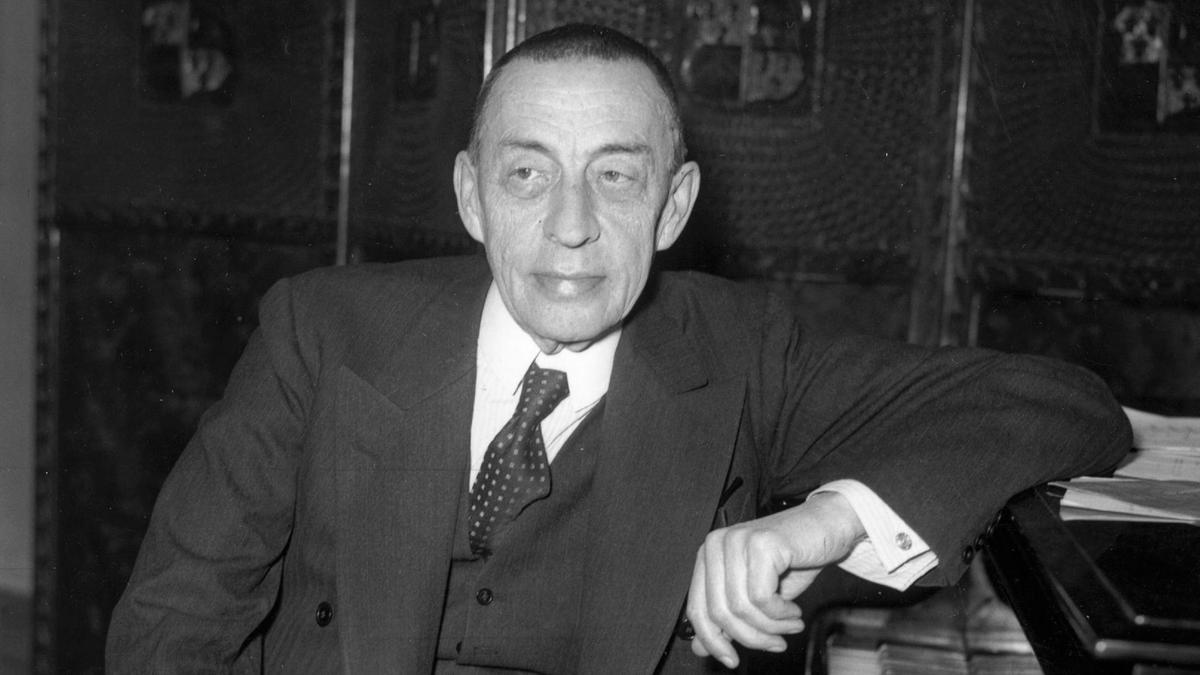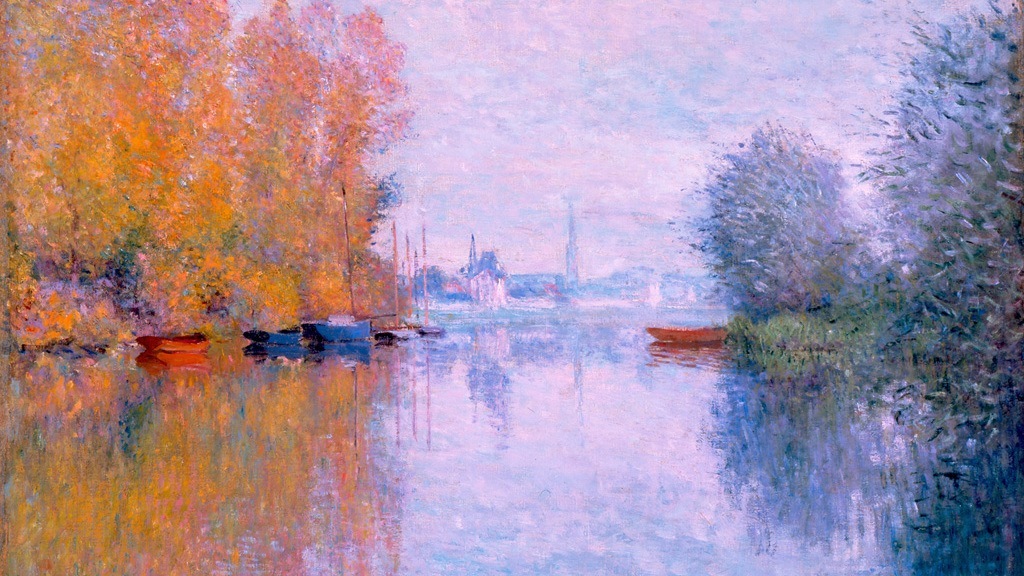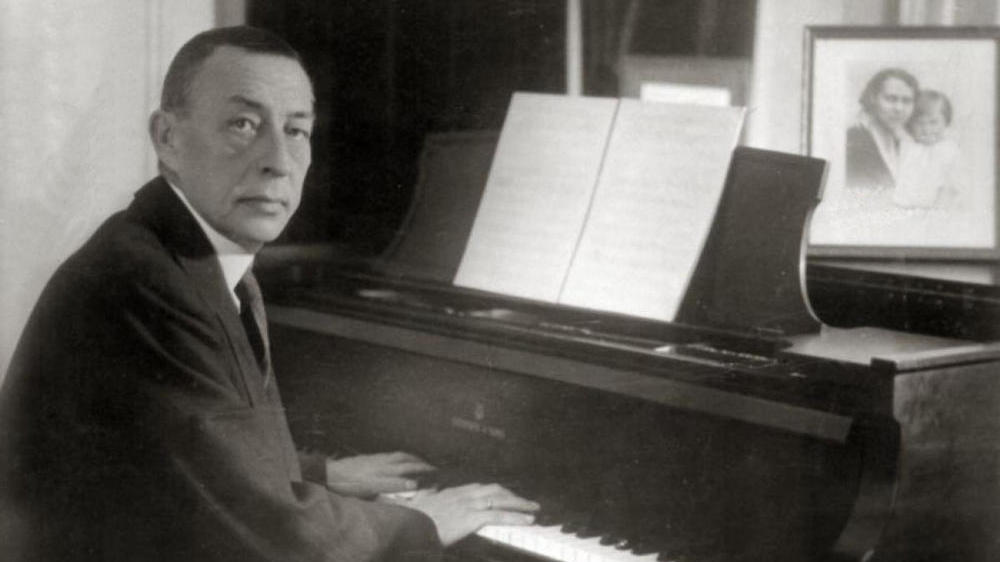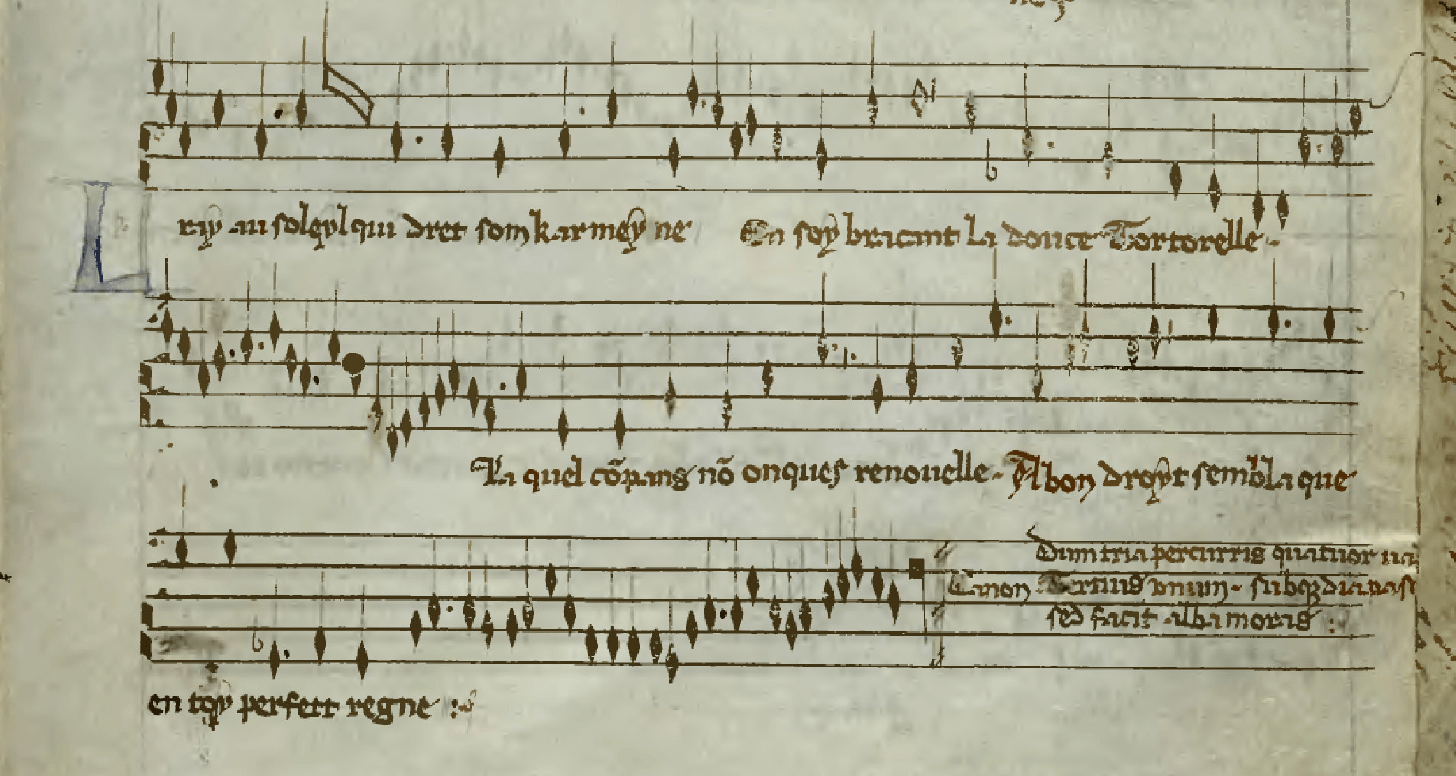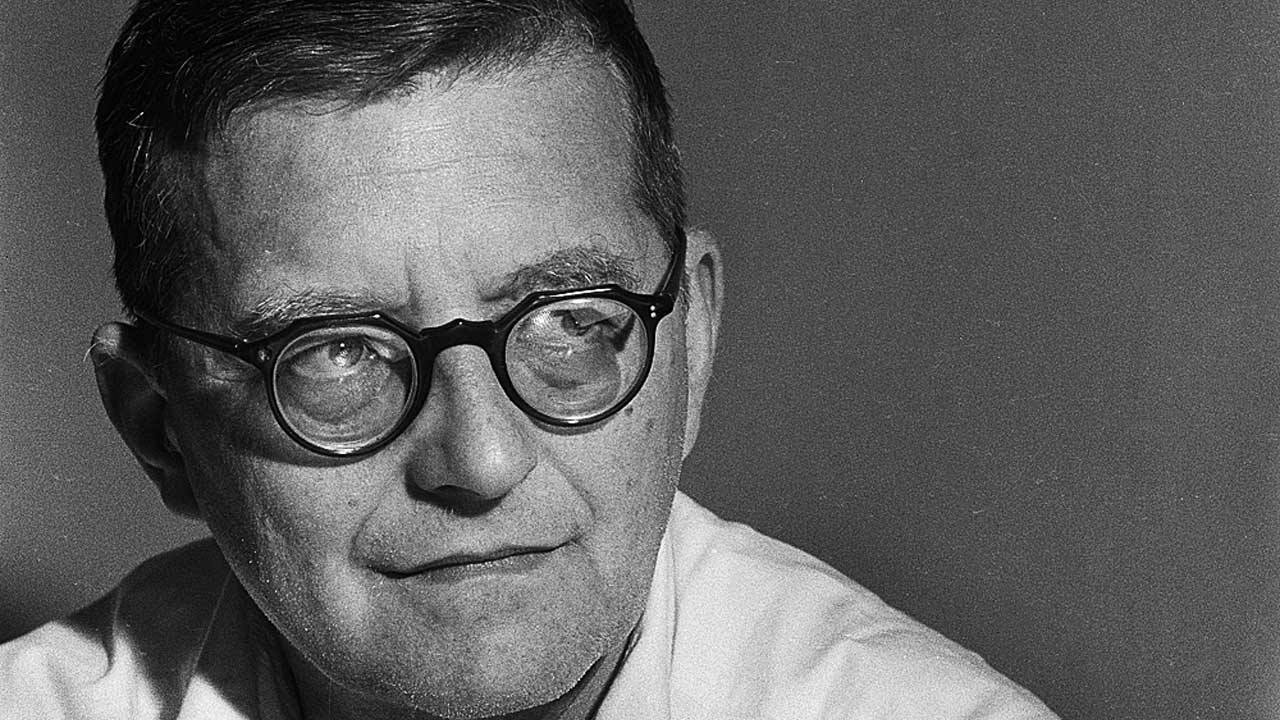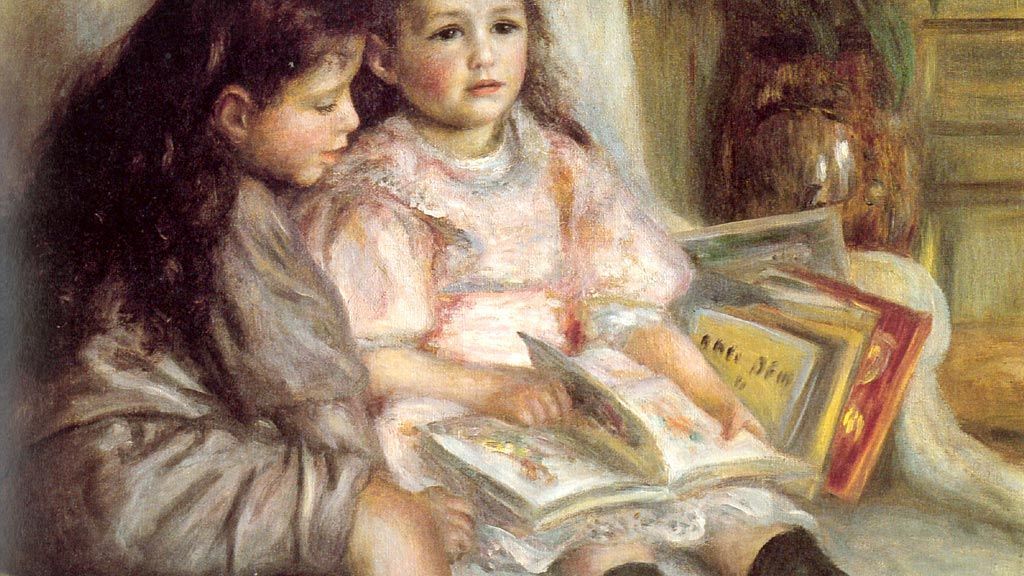Rachmaninov’s “Symphonic Dances”: Releasing Old Demons
There is a fascinating moment of emotional release near the end of the first movement of Sergei Rachmaninov’s Symphonic Dances. Completed in 1940 and dedicated to Eugene Ormandy and the Philadelphia Orchestra, this was Rachmaninov’s final composition. This music, which Rachmaninov described as “my last spark,” stands as an extraordinary musical summation. It reflects on the past with wistful nostalgia, yet we also get the sense of a spirited and joyful march into the sunset. In …

